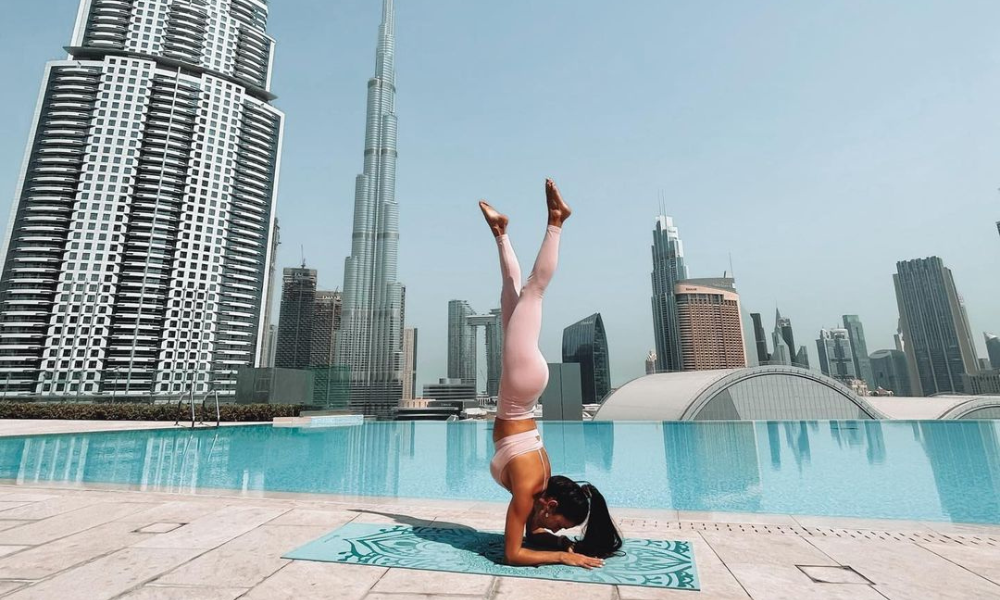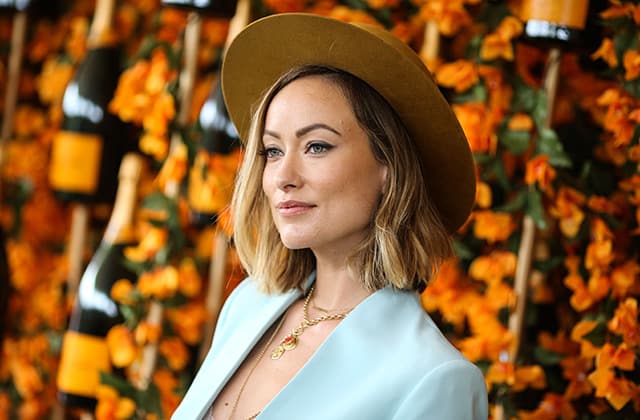How has yoga evolved globally over the past few decades, and what changes have you noticed in the way people practice it?
Yoga has undergone a significant evolution globally over the past few decades. While initially practiced primarily in Eastern cultures, it has now become a wellness practice embraced by people worldwide. I’ve noticed a shift towards more diverse styles and interpretations of yoga, catering to a broader audience. Additionally, technology has played a significant role in making yoga more accessible through online platforms and apps, allowing people to practice from the comfort of their homes. As a lululemon ambassador I host various sessions for our Sweat Life community right across Dubai. In fact, to celebrate International Yoga Day, lululemon hosted its largest yoga event in Dubai and across the GCC. We welcomed over 1,500 yoga lovers in Dubai for free sessions, open to all levels, led by myself and fellow lululemon ambassadors and certified yoga instructors.
As a company whose vision is to create transformative products and experiences that build meaningful connections and unlock greater wellbeing for all, lululemon regularly brings the community together in support and celebration of yoga practice.
Can you share some lesser-known benefits of yoga that go beyond the physical aspects, such as its impact on mental health or emotional well-being?
Beyond the physical benefits, yoga offers numerous mental and emotional advantages. It serves as a powerful tool for stress reduction, anxiety management, and improving overall emotional well-being. The practice of mindfulness and breathwork in yoga can cultivate greater self-awareness, resilience, and a sense of inner peace. Yoga also fosters a deeper connection between mind, body, and spirit, promoting holistic wellness.
What are some common misconceptions about yoga that you frequently encounter, and how do you address them with your students?
One common misconception I often encounter is that yoga is only for the flexible or spiritually inclined. In reality, yoga is for everyone, regardless of age, fitness level, or belief system. Yoga is a personal journey of self-discovery and self-improvement, where individuals are encouraged to honour their bodies and progress at their own pace. Another misconception is that yoga is purely a physical exercise. While it does strengthen and tone the body, its true essence lies in its ability to cultivate mindfulness, compassion, and inner peace.
How do you incorporate the principles of mindfulness and meditation into your yoga sessions, and what advice do you have for beginners who struggle with these aspects?
I integrate principles of mindfulness and meditation into my yoga sessions by emphasising present moment awareness, conscious breathing, and guided meditation practices. For beginners who struggle with these aspects, I encourage patience and self-compassion. I advise starting with short, simple mindfulness exercises and gradually increasing the duration as they become more comfortable. It’s essential to remind them that mindfulness is a skill that develops over time with consistent practice, and there’s no right or wrong way to do it.
In your experience, how can yoga be adapted to meet the needs of different populations, such as children, seniors, or individuals with specific health conditions?
Yoga can be adapted to meet the needs of diverse populations, including children, seniors, and individuals with specific health conditions. For children, yoga can be made playful and interactive, incorporating storytelling, games, and creative movement. For seniors, gentle and chair-based yoga practices can promote flexibility, balance, and joint mobility, while minimizing the risk of injury. When working with individuals with health conditions, such as chronic pain or injuries, I prioritize safety and tailor the practice to accommodate their unique needs, often modifying poses and using props for support. Additionally, specialized yoga programs, such as trauma-informed yoga or yoga for recovery, can address specific populations’ needs more effectively.




